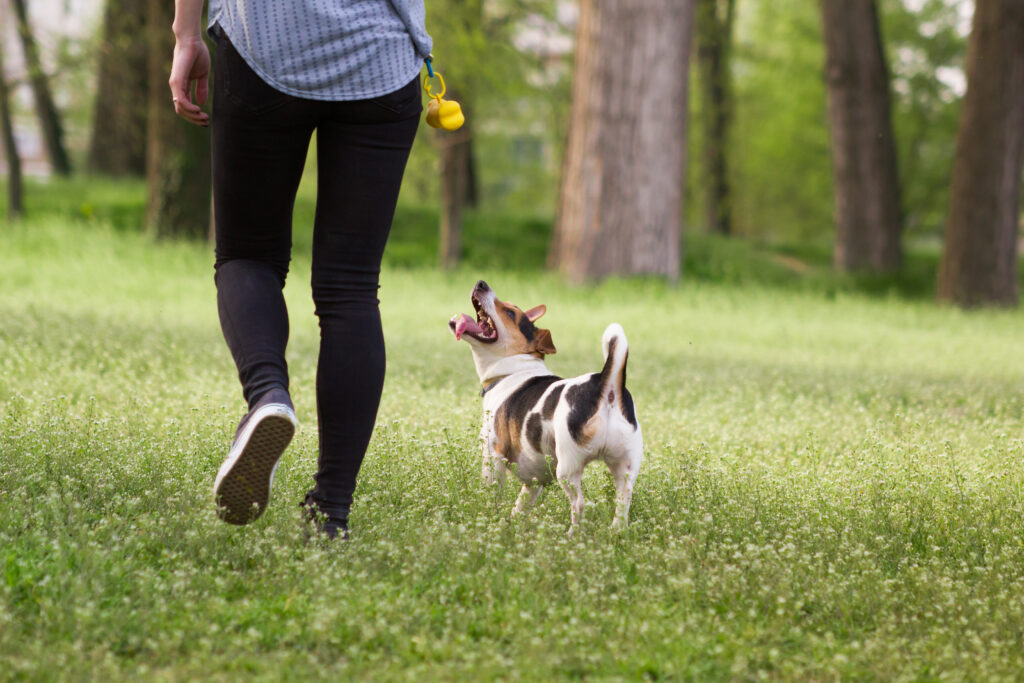
Hunting can be a controversial activity, with ethical concerns surrounding the harm inflicted on wildlife. For dog owners who wish to discourage hunting instincts and promote a peaceful coexistence with nature, anti-hunt training for dogs is a valuable solution. By utilizing positive reinforcement techniques and consistent training methods, you can redirect your dog's natural hunting instincts and foster a more harmonious relationship with wildlife. In this article, we present five essential steps to anti-hunt training for dogs.
Step 1: Understanding Natural Instincts:
The first step in anti-hunt training is recognizing and understanding the natural instincts of your dog. Dogs have an inherent prey drive, which can be traced back to their ancestral hunting instincts. By comprehending their nature, you can work more effectively in redirecting their behavior. Remember, it is essential to approach this training with patience and consistency, as modifying natural instincts may take time.
Step 2: Basic Obedience Training:
Before embarking on anti-hunt training, ensure your dog has a solid foundation in basic obedience commands. Teaching commands such as "sit," "stay," "come," and "leave it" will serve as building blocks for more advanced training. These commands are crucial for redirecting your dog's attention away from potential prey and maintaining control in outdoor settings.
Step 3: Desensitization to Wildlife:
Gradually exposing your dog to wildlife in controlled environments is a crucial aspect of anti-hunt training. Begin by introducing them to domesticated animals, such as cats or small pets, under supervision. Reward your dog for displaying calm and non-aggressive behavior. As they become more comfortable, gradually transition to outdoor environments where wildlife may be present. Maintain a safe distance and reward your dog for maintaining self-control and disinterest.
Step 4: Positive Reinforcement and Distraction Techniques:
Positive reinforcement is a powerful tool in anti-hunt training. Reward your dog with treats, praise, or play whenever they exhibit desirable behavior, such as ignoring wildlife or responding to your commands. Engaging in interactive play with your dog, using toys or games, helps redirect their focus and energy away from hunting. Incorporating puzzle toys or scent-based activities can also stimulate their mental faculties and provide a healthy outlet for their natural instincts.
Step 5: Consistent Training and Real-World Exposure:
Consistency is key to successful anti-hunt training. Maintain a regular training schedule and reinforce the learned behaviors consistently. Gradually increase exposure to real-world situations where wildlife may be present, such as parks or nature trails. Practice commands and redirection techniques in these environments to reinforce your dog's training and help them generalize their skills. Over time, your dog will learn to associate encounters with wildlife with calmness and non-aggressive behavior.
Conclusion:
Anti-hunt training for dogs is an effective way to redirect their natural instincts and promote a peaceful coexistence with wildlife. By understanding their instincts, providing basic obedience training, desensitizing them to wildlife, utilizing positive reinforcement, and maintaining consistency, you can help your dog become a well-behaved companion. Remember, every dog is unique, and results may vary. If you face challenges or require additional guidance, consider consulting with a professional dog trainer who specializes in anti-hunt training. With patience, persistence, and proper training techniques, you can foster a harmonious relationship between your dog and the natural world.

No comments:
Post a Comment